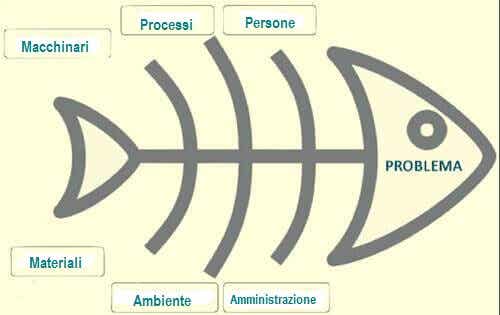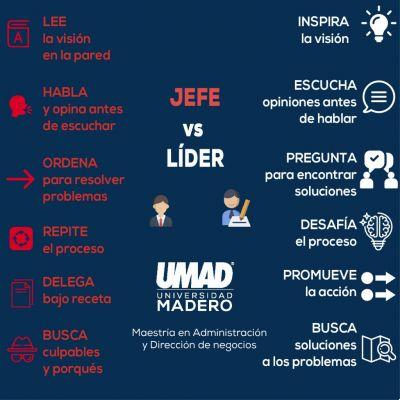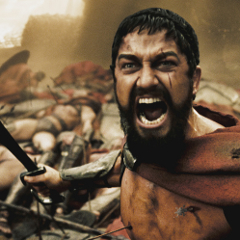The Ishikawa diagram is a very interesting resource for knowing what factors are causing our problems. Although this tool is often used in corporate quality management, it is also useful in the field of personal growth.

Written and verified by the psychologist GetPersonalGrowth.
Last update: 15 November 2021
The diagram of Ishikawa, also known as a fishbone diagram, is a management tool essential in the industrial sector and in services, as part of the analysis of the quality management of a company. Thanks to this tool, existing problems can be analyzed, clarifying the causes that cause them. In addition to this, it allows working groups to understand what obstacles are holding back the potential of the organization.
Simply by reading the name of this analysis technique, we can guess its origins. The Japanese are great commercial strategists, and if much of their products, technologies and resources are in prominent positions in our market, it is for a reason. It was Kaoru Ishikawa, a Japanese industrial chemist and company administrator, who introduced this idea in 1943.
Today Ishikawa is considered one of the great gurus in analyzing the quality processes of any organization. But we don't just owe him this famous diagram to analyze the causes of problems in a company.
It was, in fact, one of the first items to underline the need to introduce total quality management (total quality management, TQM) in production. In this process, all the people who formed part of a company were called to participate, from the highest executives to the lowest positions.
For Ishikawa, quality was synonymous with responsibility, ethics and education. If anyone has neglected these principles, the goals have not been achieved. Similarly, according to his approach, each working group needs sufficient resources to be able to monitor its progress, problems and existing obstacles. The Ishikawa diagram is among them. Let's find out in today's article.
“The first concern of any company should be the happiness of the people who work there. If people don't feel happy, performance will be lacking and the organization won't deserve to exist. "
-Kaoru Ishikawa-
Ishikawa diagram: what does it consist of?
Although the Ishikawa diagram is mainly used in the business field, the truth is that we can use it in many different contexts. After all, it is a good mental strategy with which to analyze the causes of problems.
However, it is interesting to know its two main aspects or fields of application; therefore, we will analyze in detail two ways to use the famous fishbone diagram devised by Kaoru Ishikawa.
The cause-effect diagram in the field of the company with work groups
Every company, however small, must face its daily challenges with greater or lesser effectiveness. One way to improve efficiency is to know how to deal with the unexpected, problems and discrepancies that arise at any moment.
The Ishikawa diagram can help us solve these unexpected events with ingenuity. The strategies are:
- All members of the organization (or their representative) must be present.
- First, the problem is defined, for example the low production of the last quarter. That will be the fish head or, in this case, the effect.
- Once the problem has been clarified, we proceed to trace the fish bones, which represent the causes. For this purpose, the following scheme is followed, which traces the points of analysis or reflection:
- Methods.
- Machinery (equipment).
- People (workers).
- Materials.
- Administration.
- Work environment.
- Each person should contribute suggesting what, in their opinion and according to their experience, are the causes at the origin of that problem. We then proceed with a brainstorming, until we obtain a large causal diagram, through which we identify what is wrong in the company.
- The last step is the most decisive: resolve. We must find the solution to the challenges identified together.
Ishikawa diagram for our personal growth
As we have indicated, the Ishikawa diagram can leave the social and corporate world and become an ideal strategy in the area of personal growth.
It is a tool that serves to identify the causes of those effects that,the present moment, limit il our well-being, so we can apply it to almost any vital scenario.
But in what way? Chow can you help us find our happiness or be able to achieve certain vital goals? Let's consider the following steps.
- We clear up the worry, fear, emotional barrier or problem. For example: I feel stressed.
- The second step is to define the fish bones (which will represent the causes that could have caused the effect, in this case stress). For this purpose, we can rely on the following categories:
- How do I spend my time?
- What image do I have of myself? Is it positive?
- What kind of thoughts do I usually have?
- What people surround me?
- Am I doing something to feel better?
The last passage of the Ishikawa diagram applied to the field of personal growth or well-being is, once again, the most important. After defining in detail and becoming aware of what is causing our discomfort or what are the realities that represent an obstacle to achieving what we want (whether to reduce stress, achieve a goal or generate a change), it's time to think about solutions.
It is useless to make the famous fishbone diagram if it does not allow us to generate improvements. Therefore, do not hesitate to use this original resource to your advantage. It is a valuable analytical exercise that also invites us to exercise creativity, promoting improvements, allowing that amphibian to move across a brighter, happier, and more opportunity-filled ocean.


























